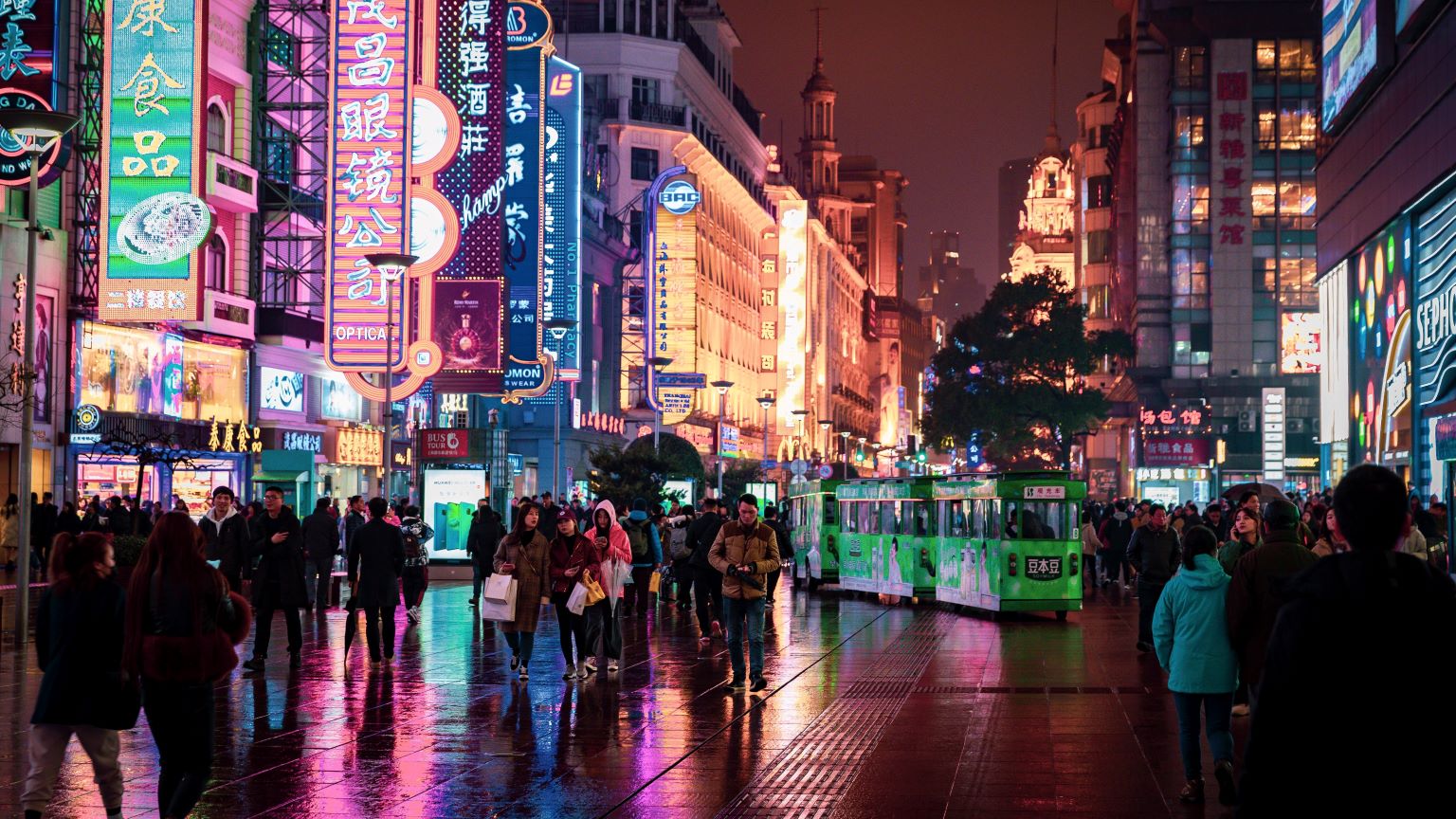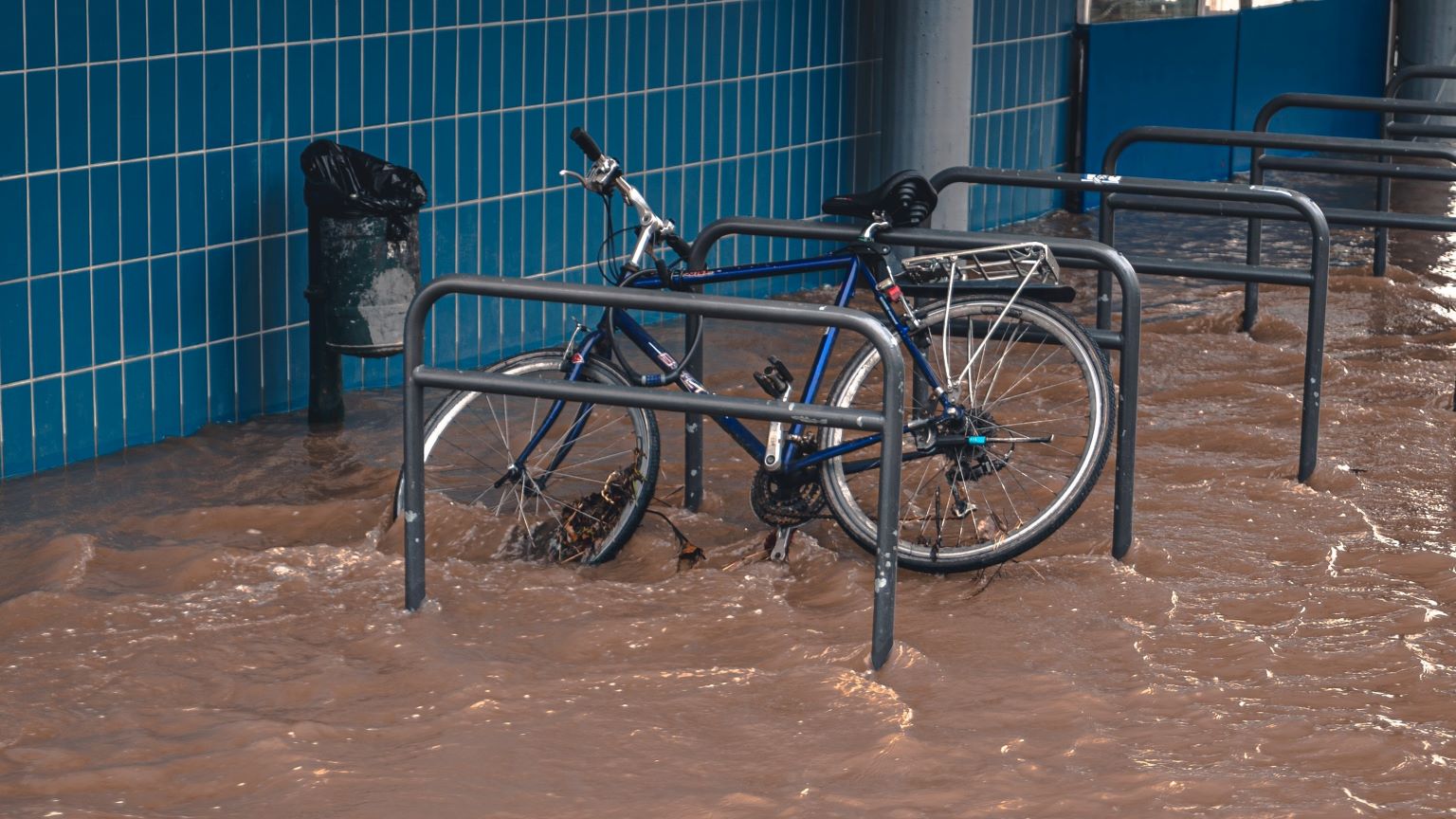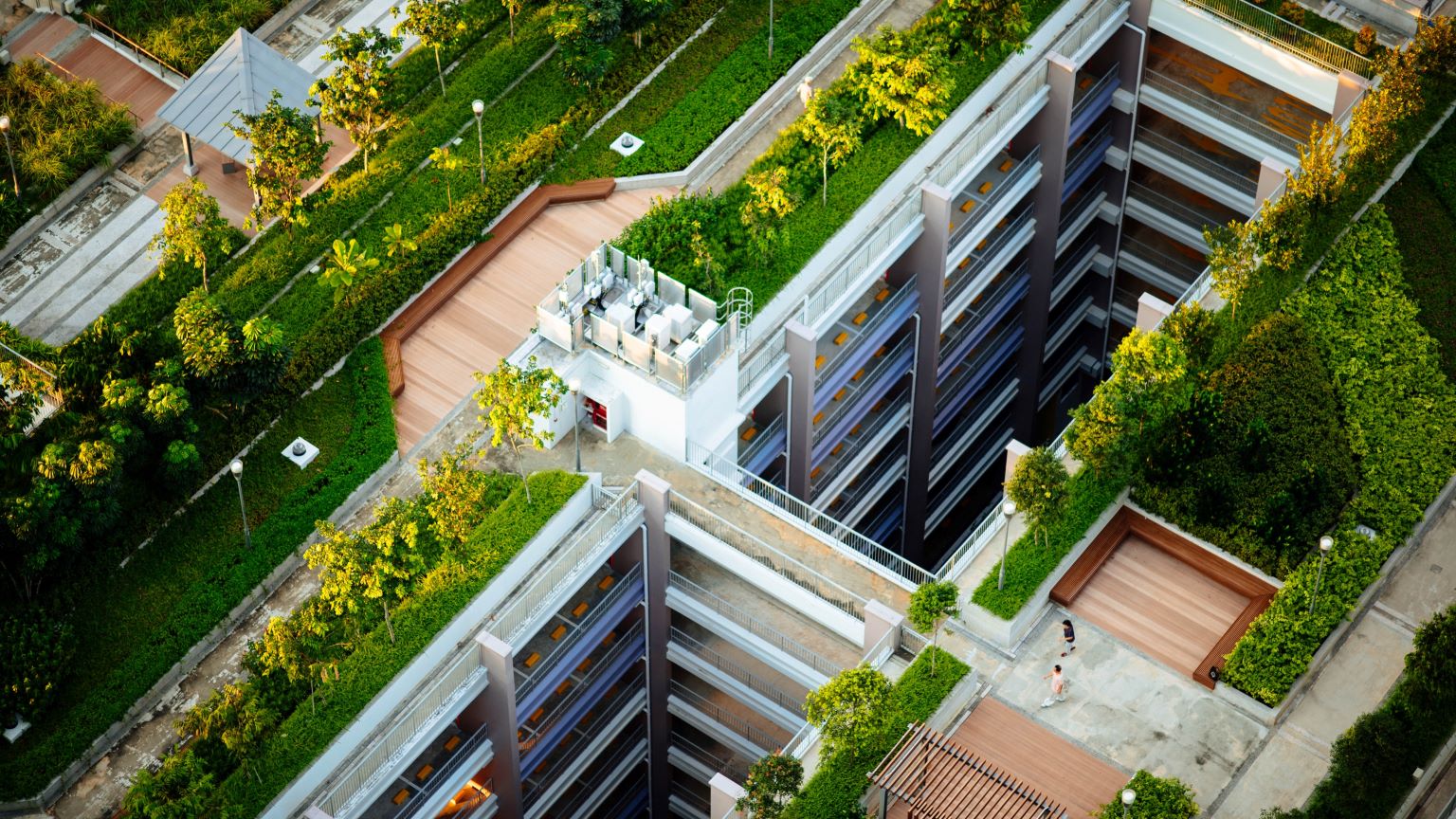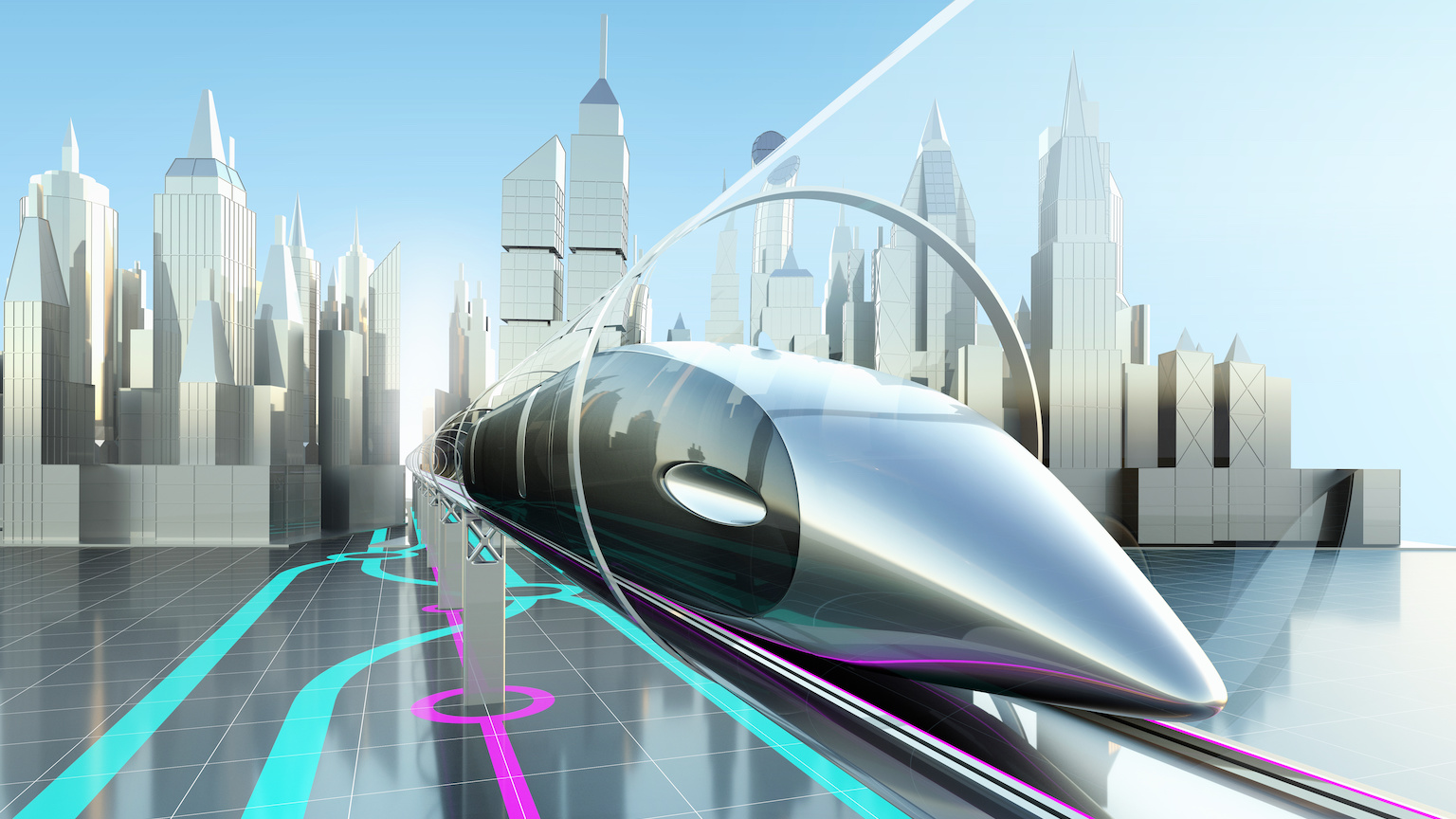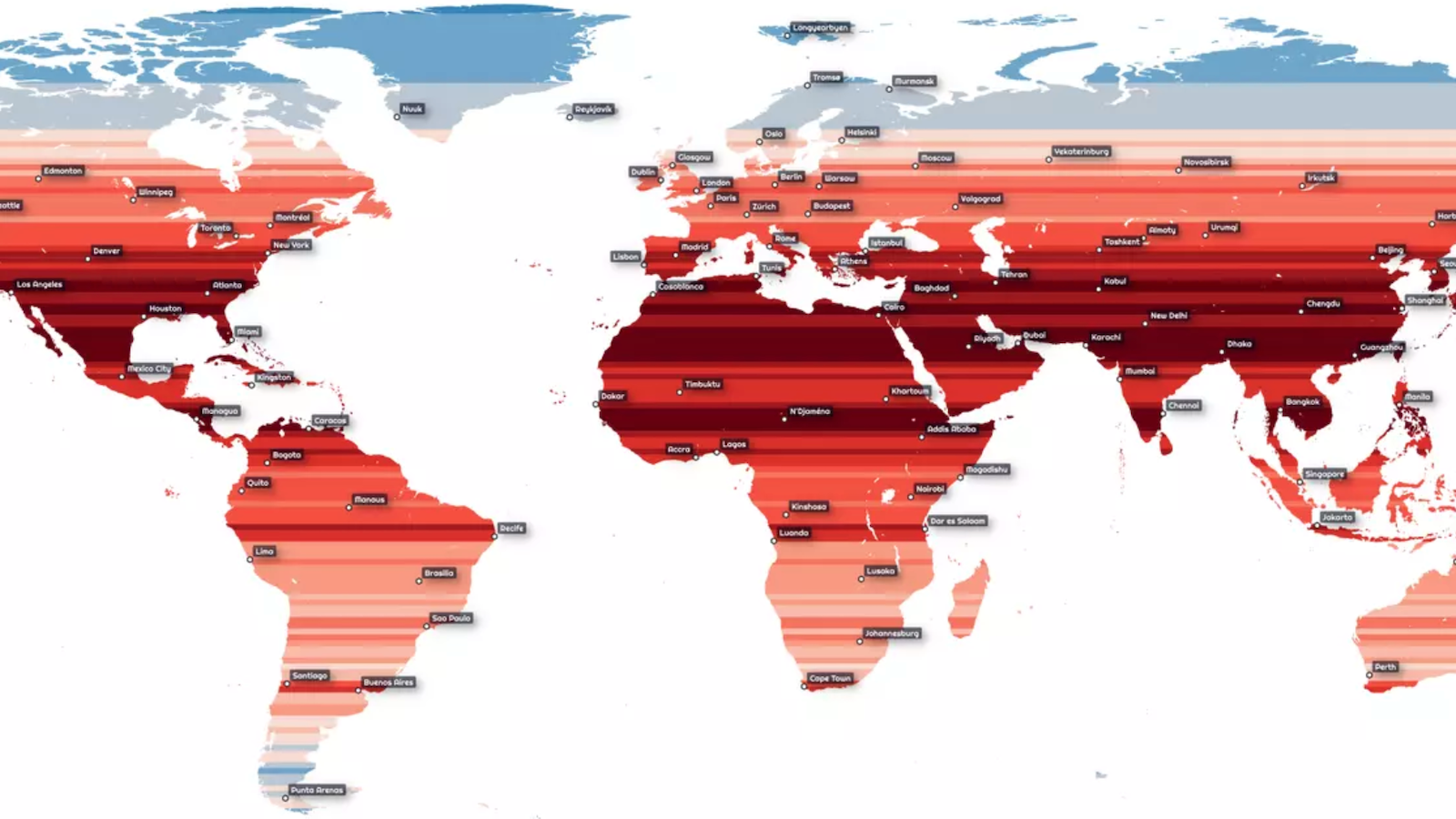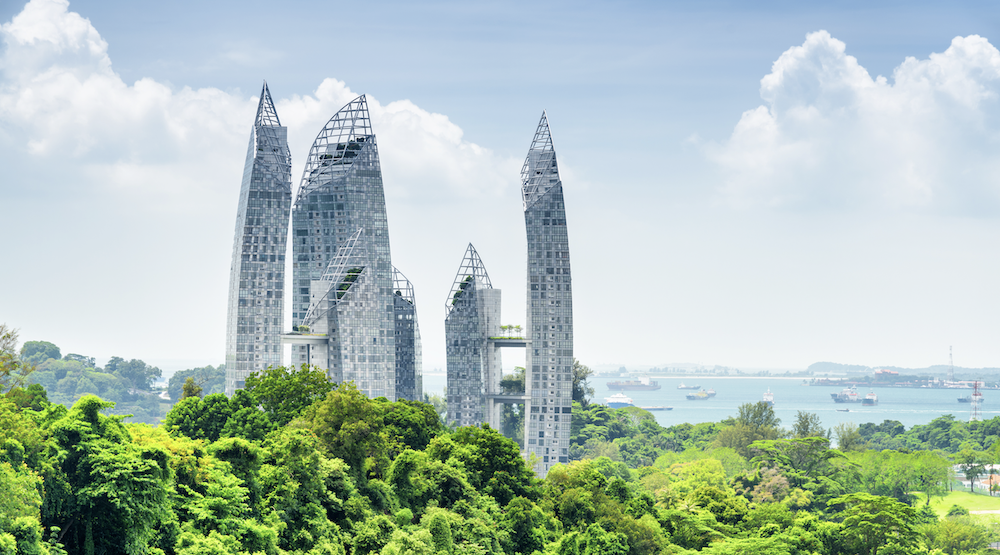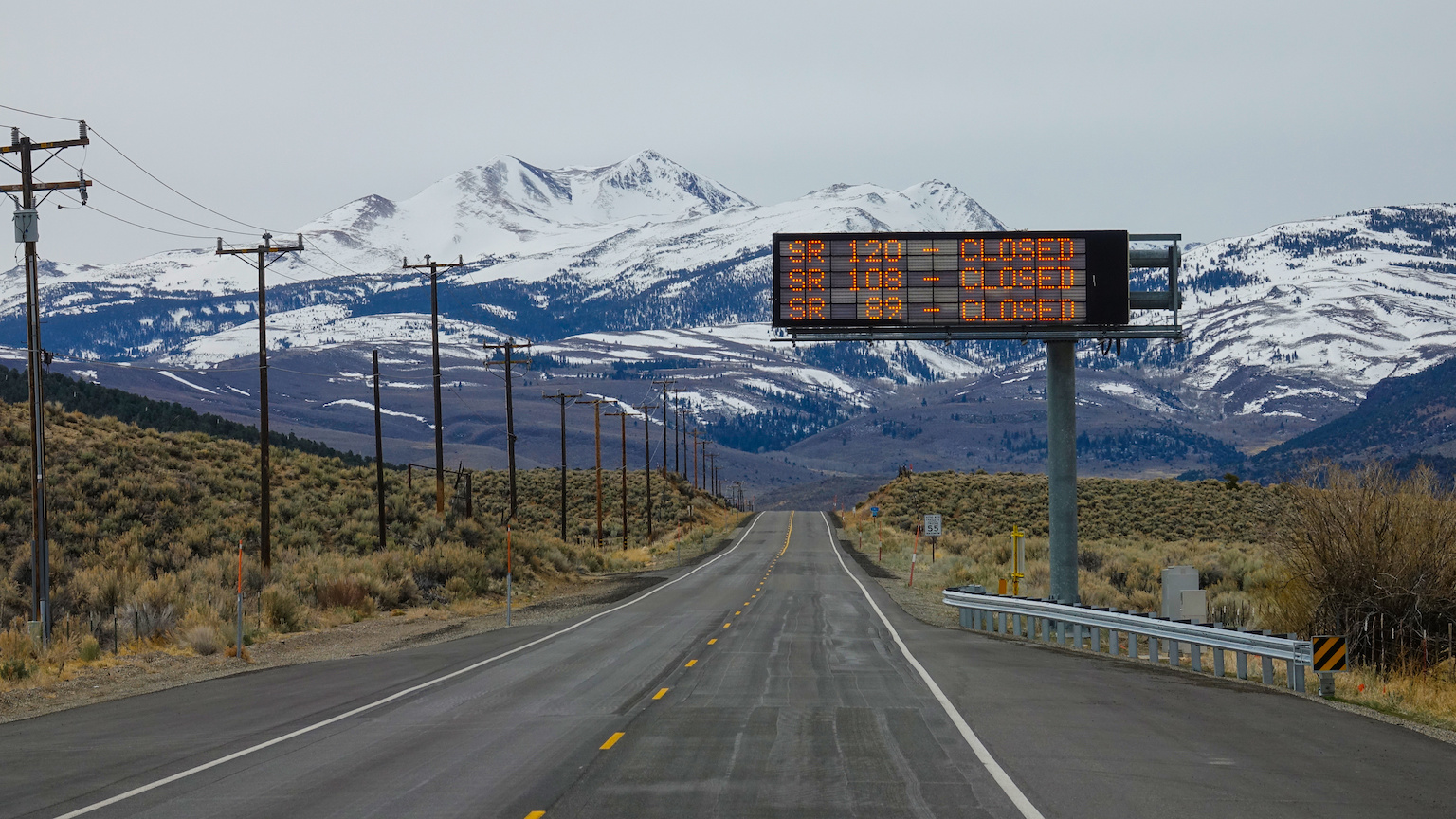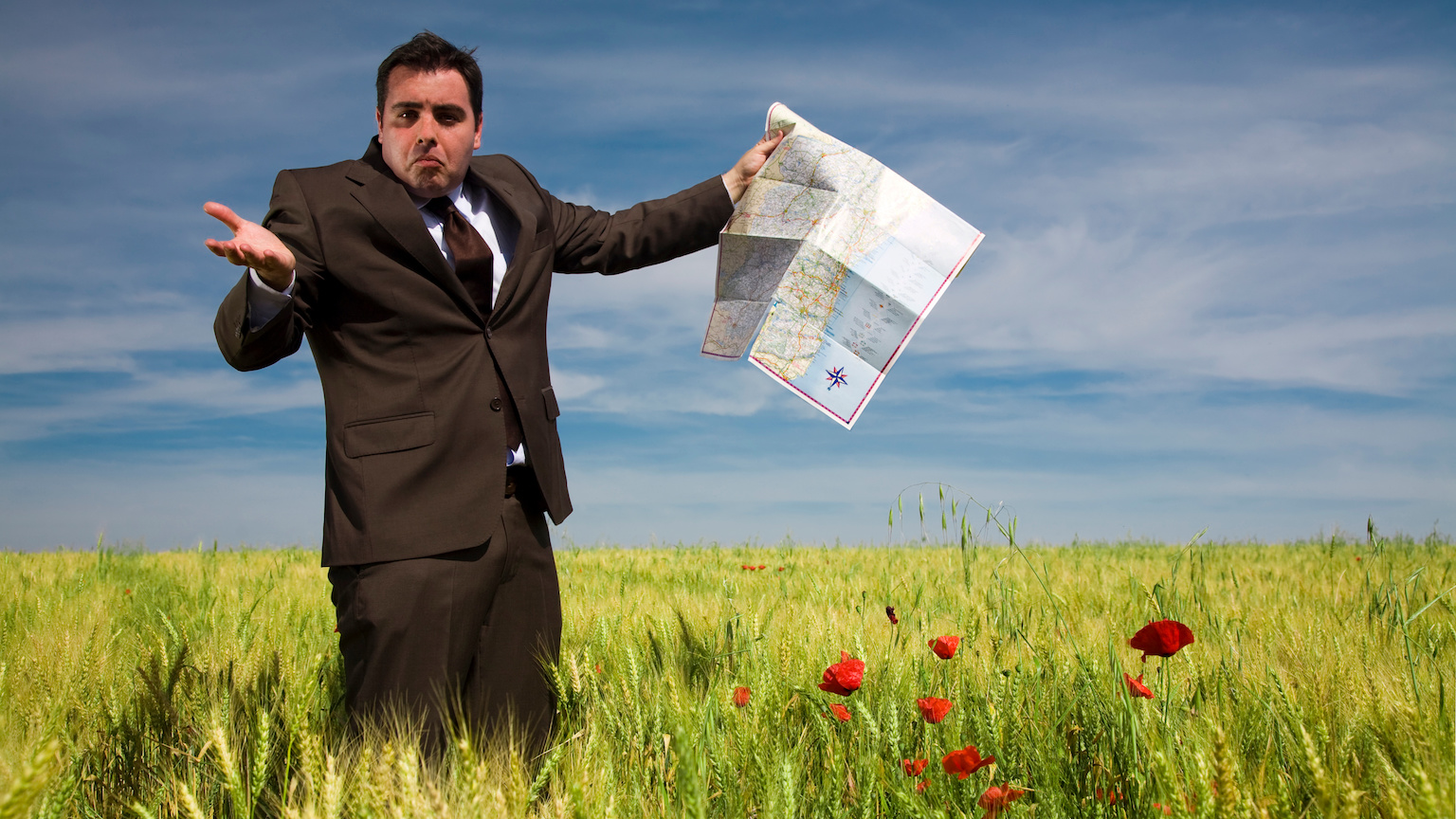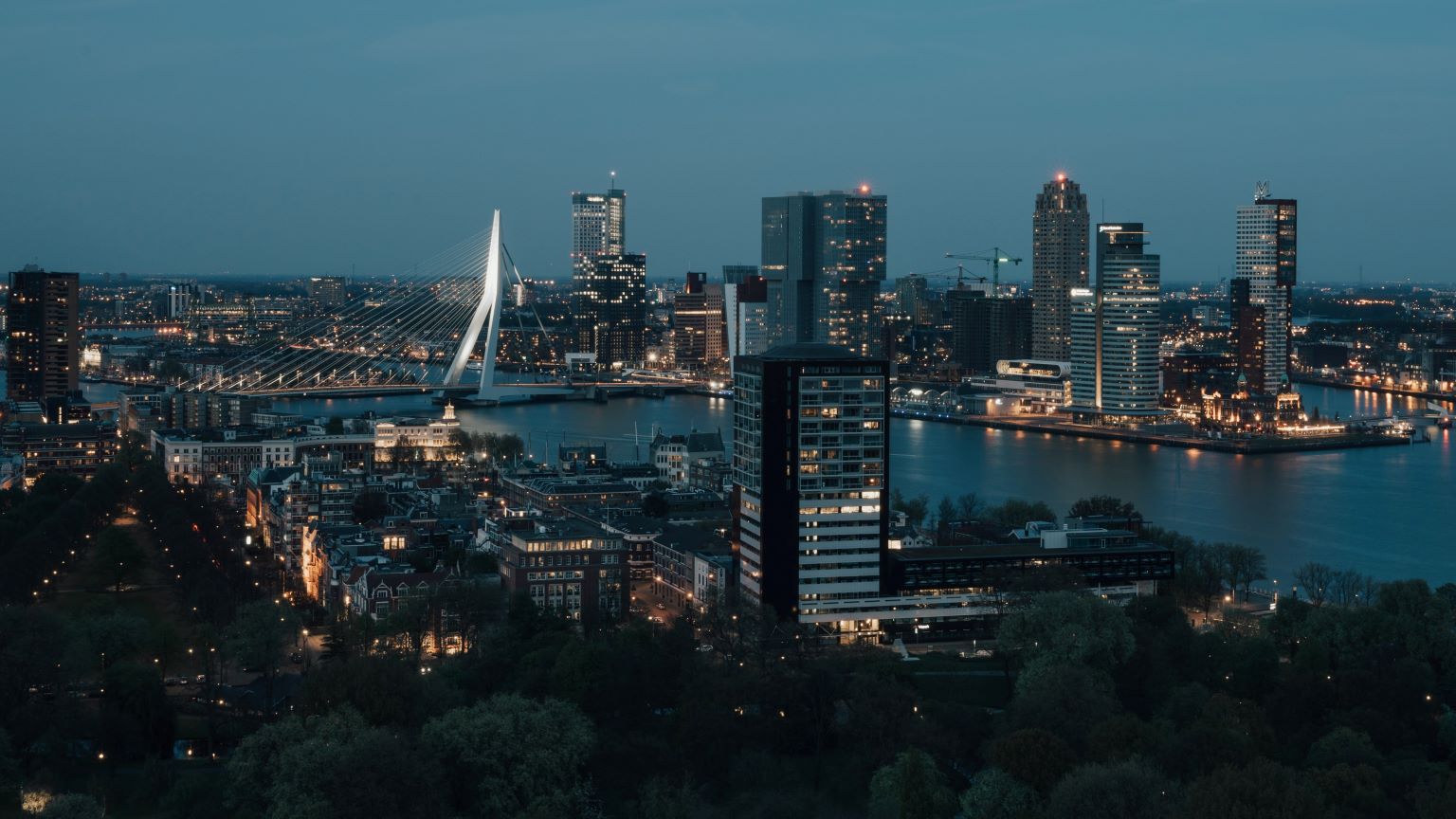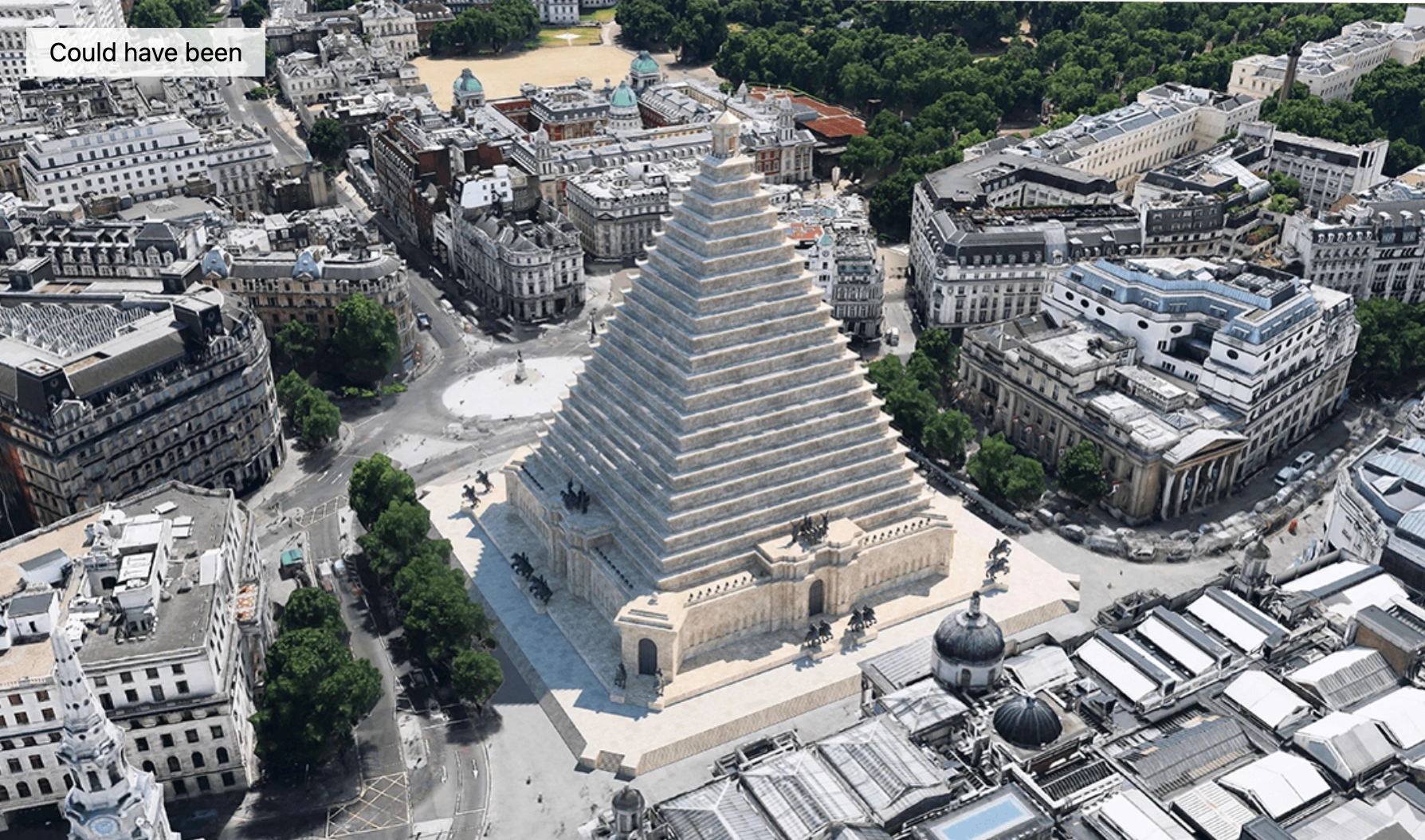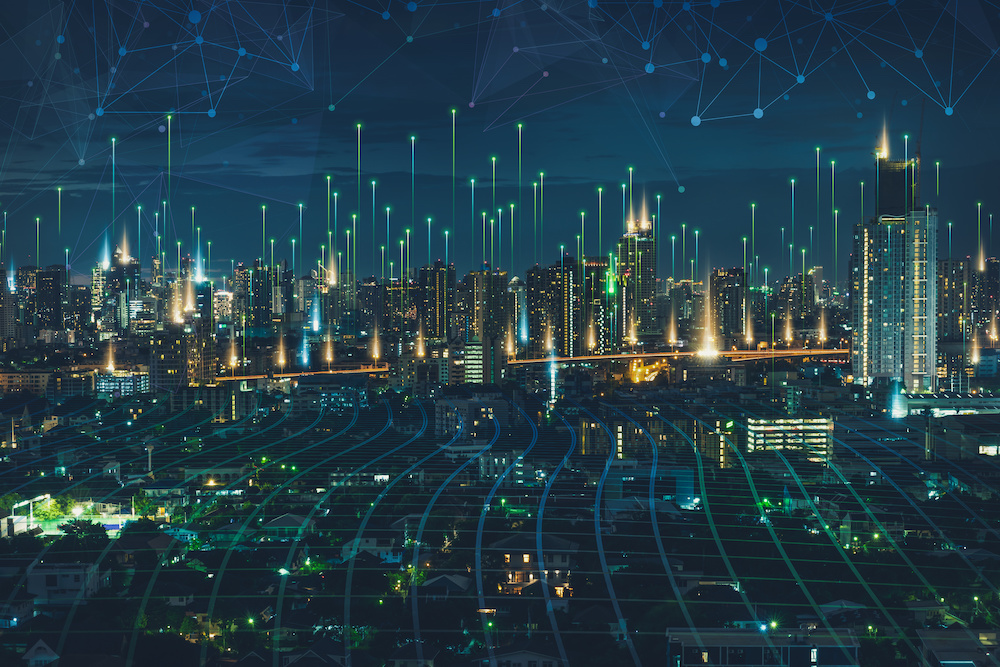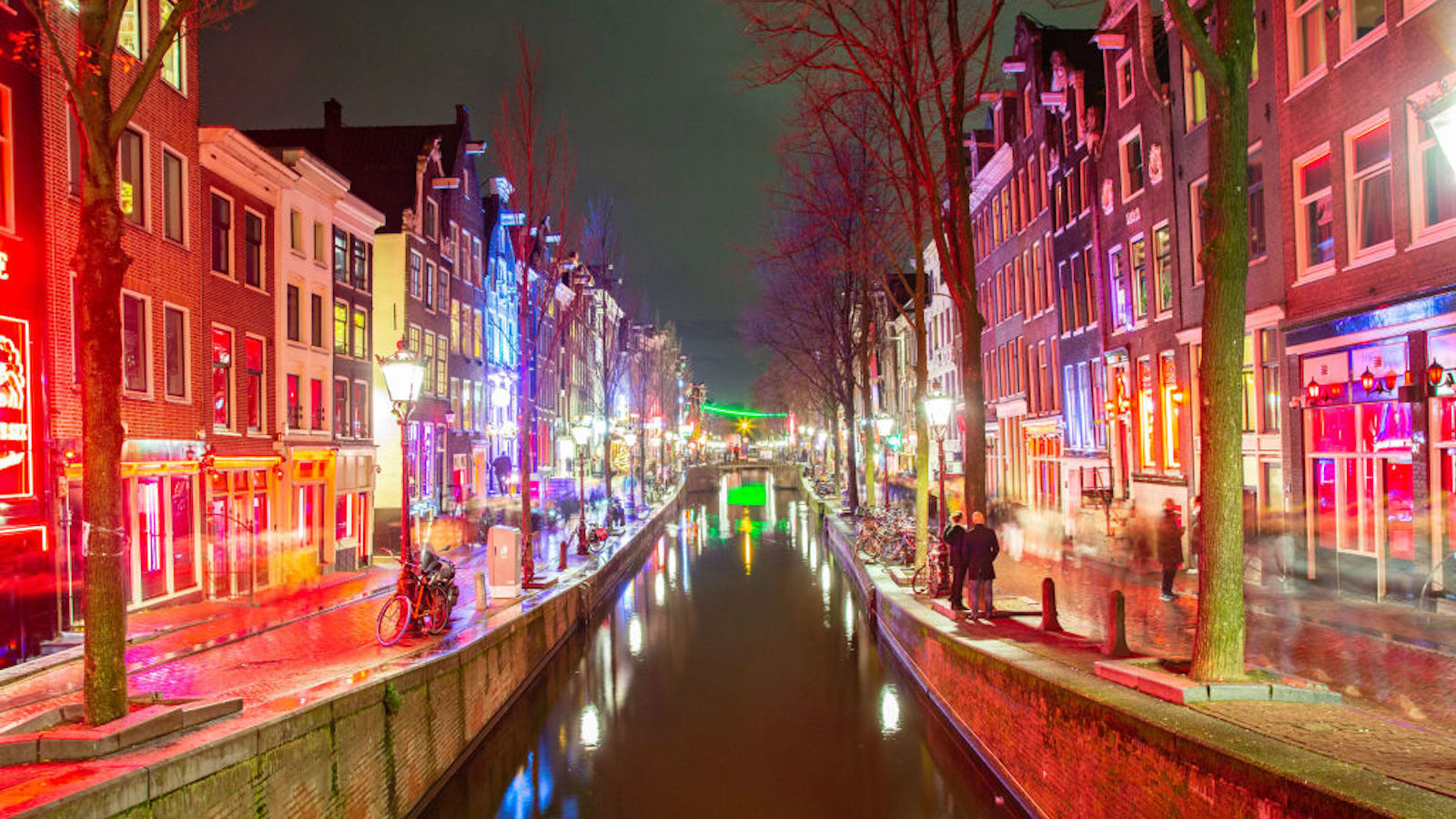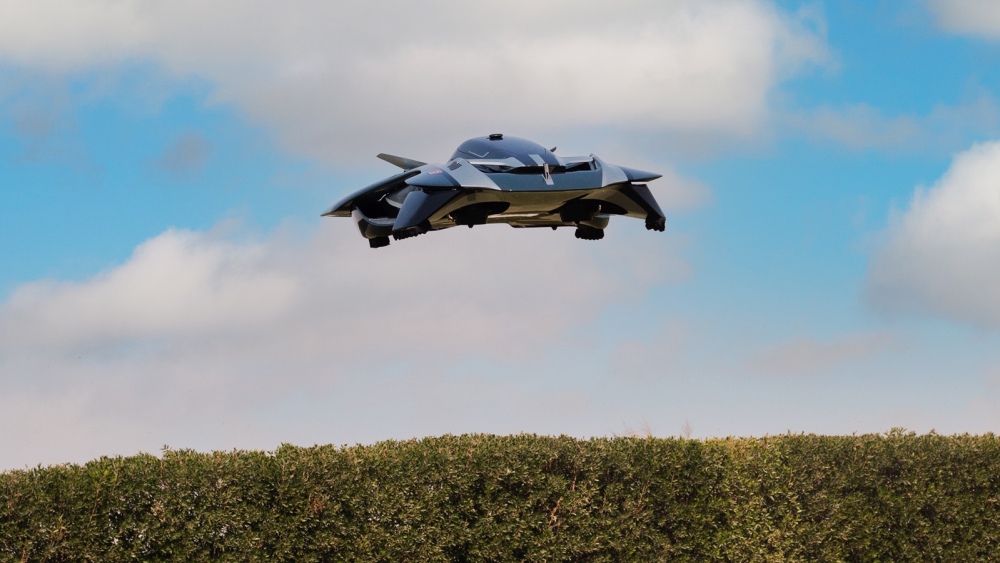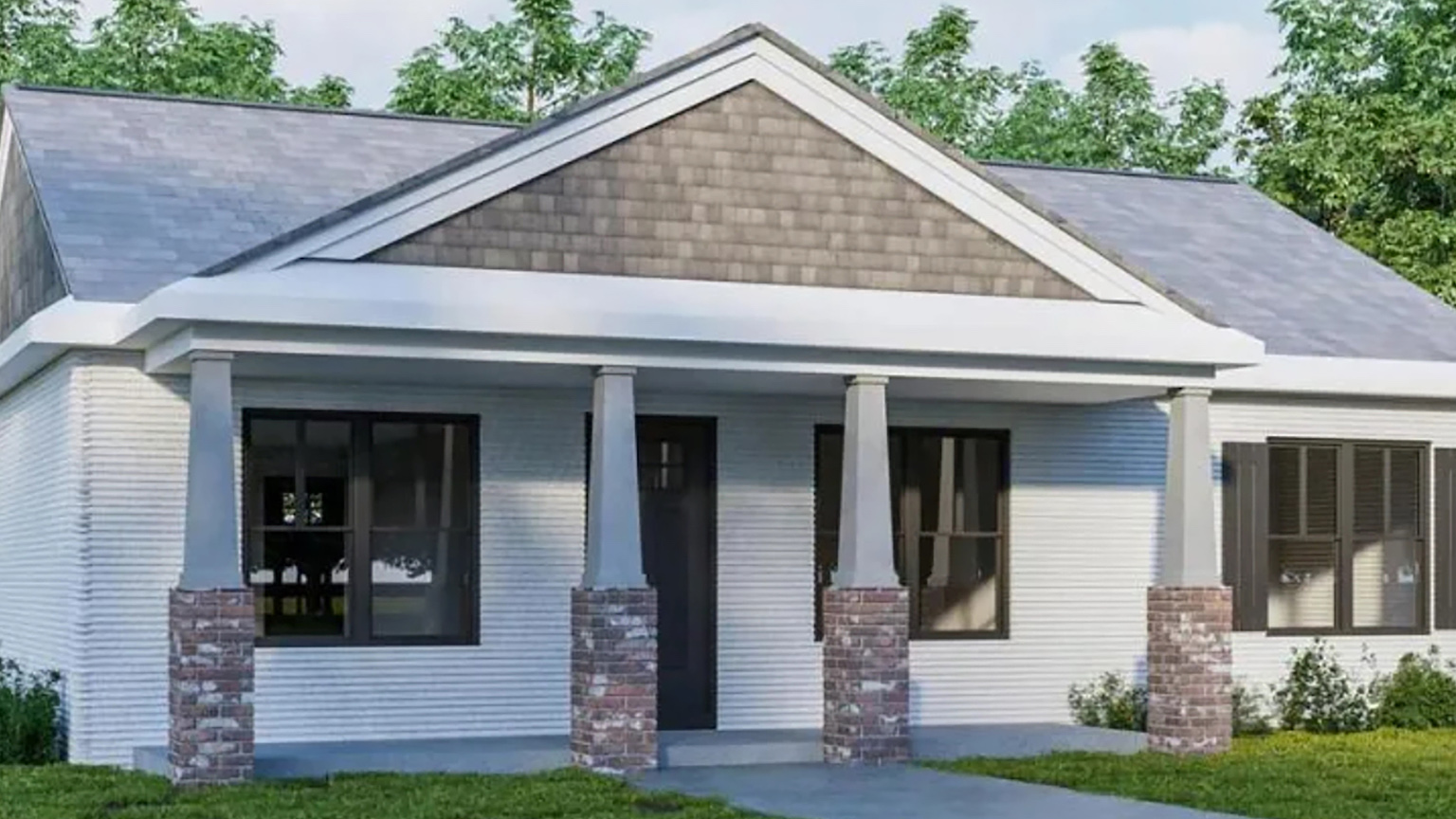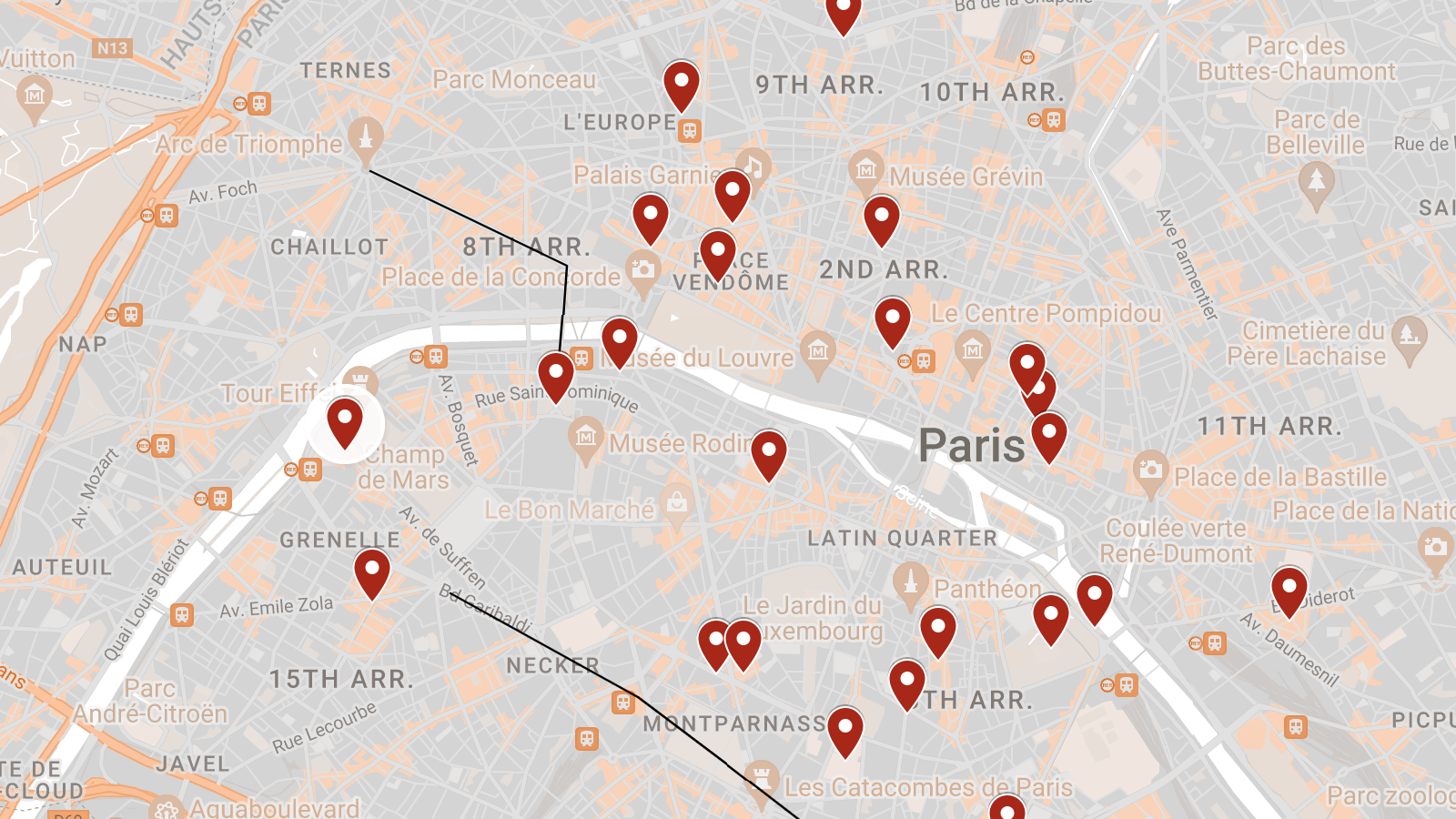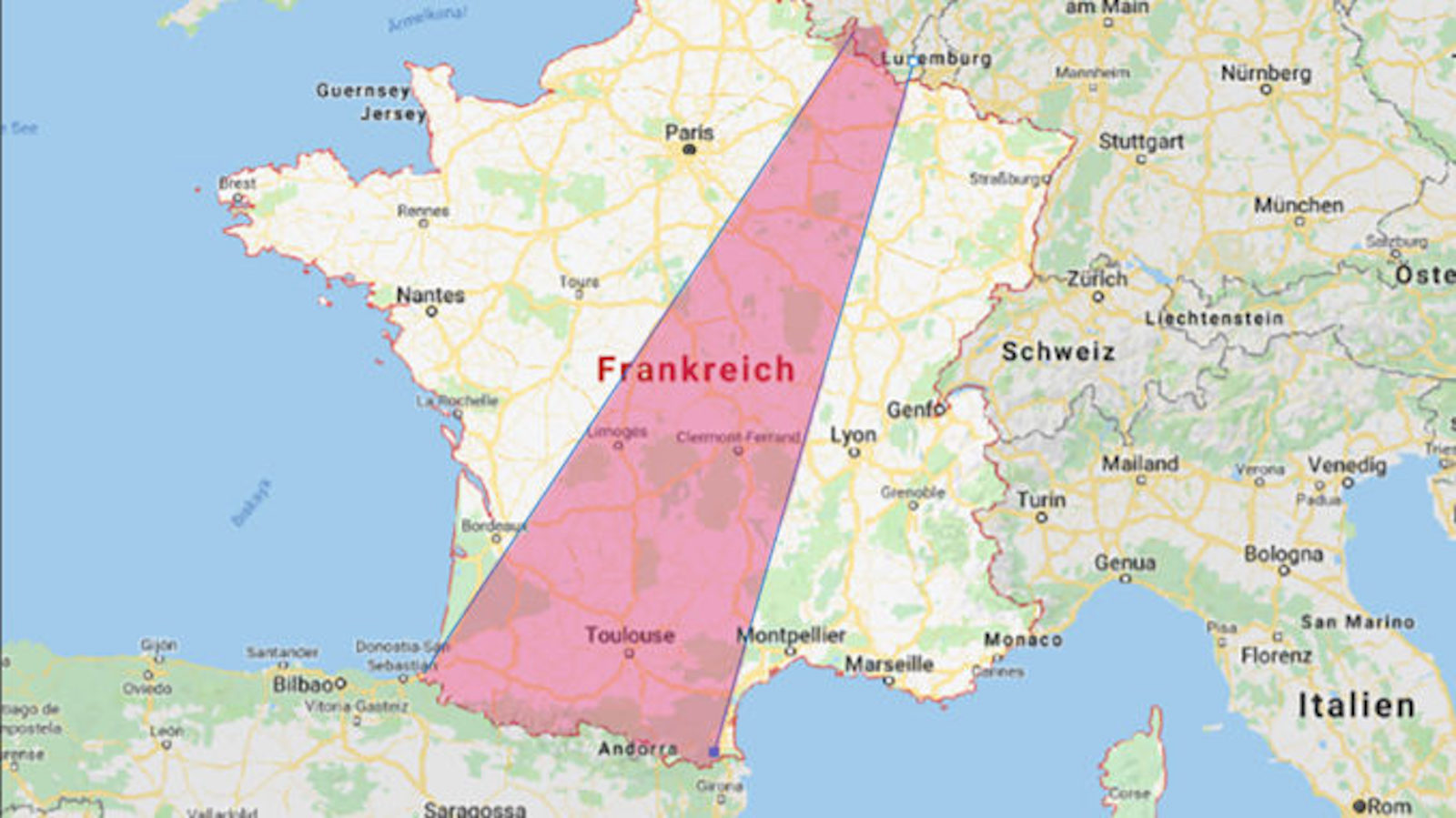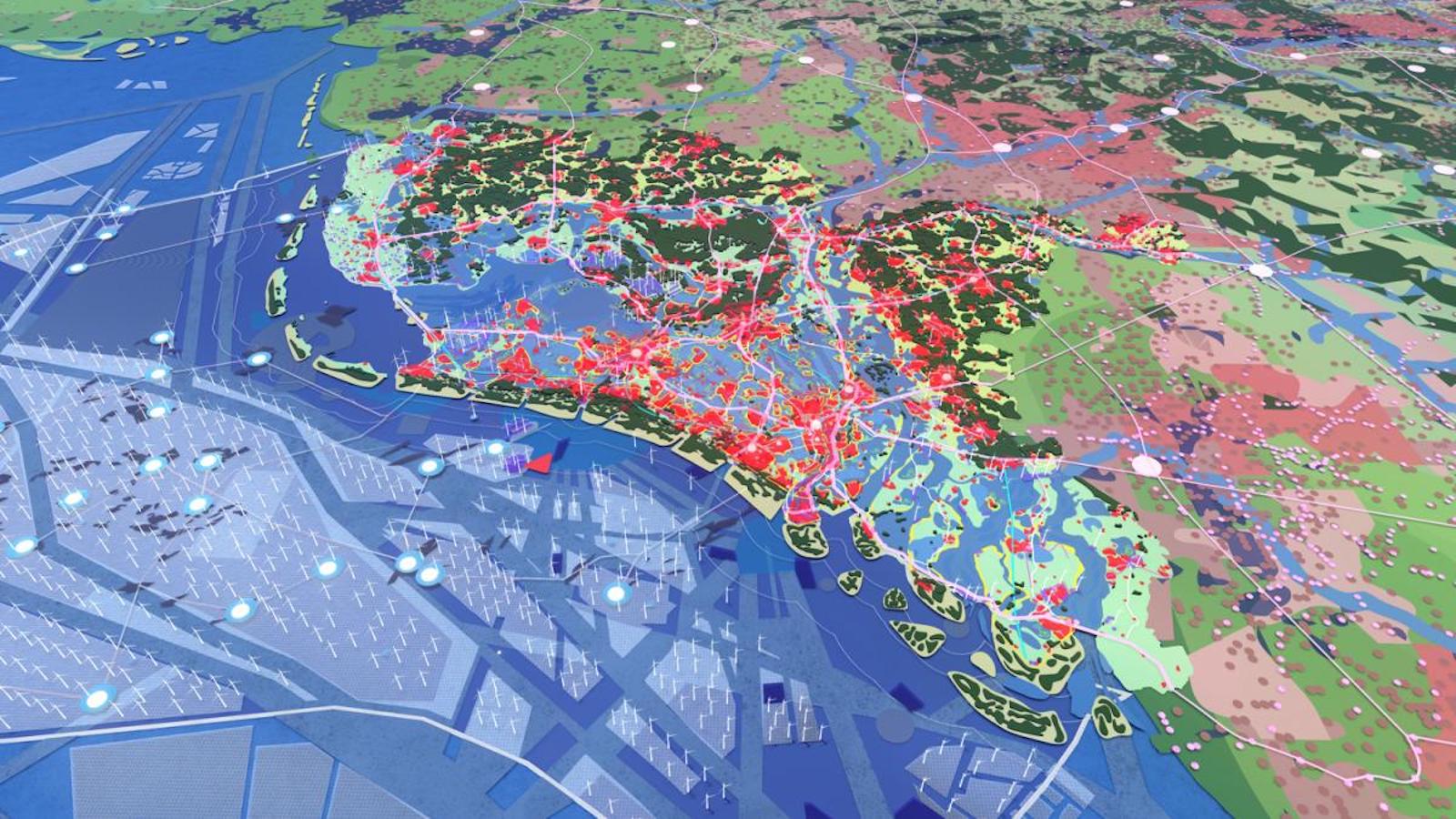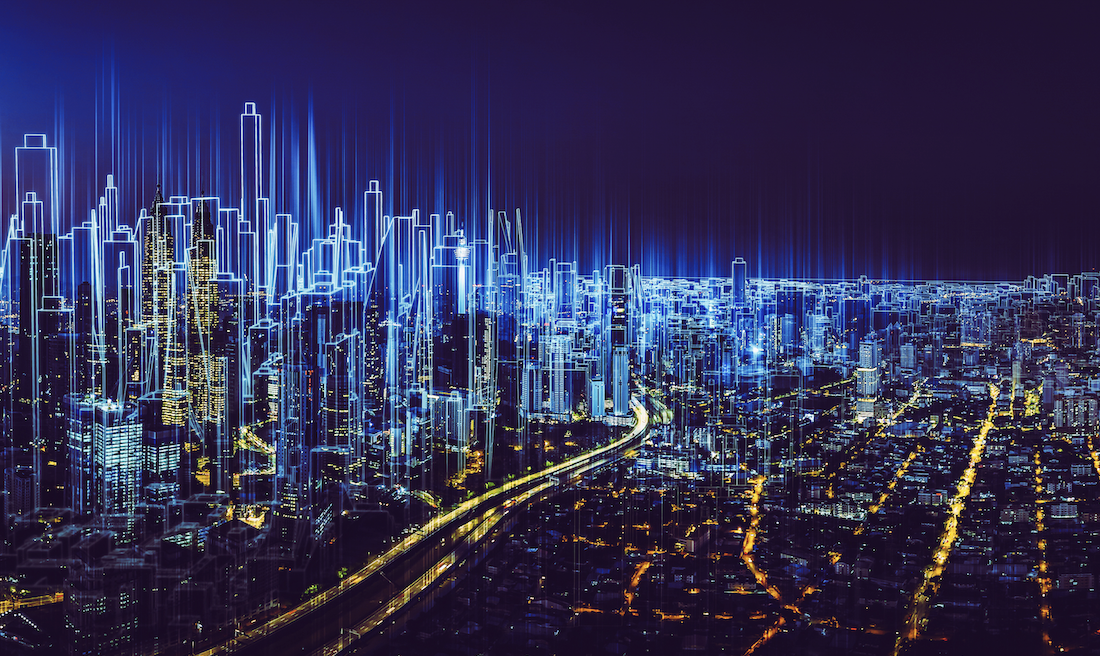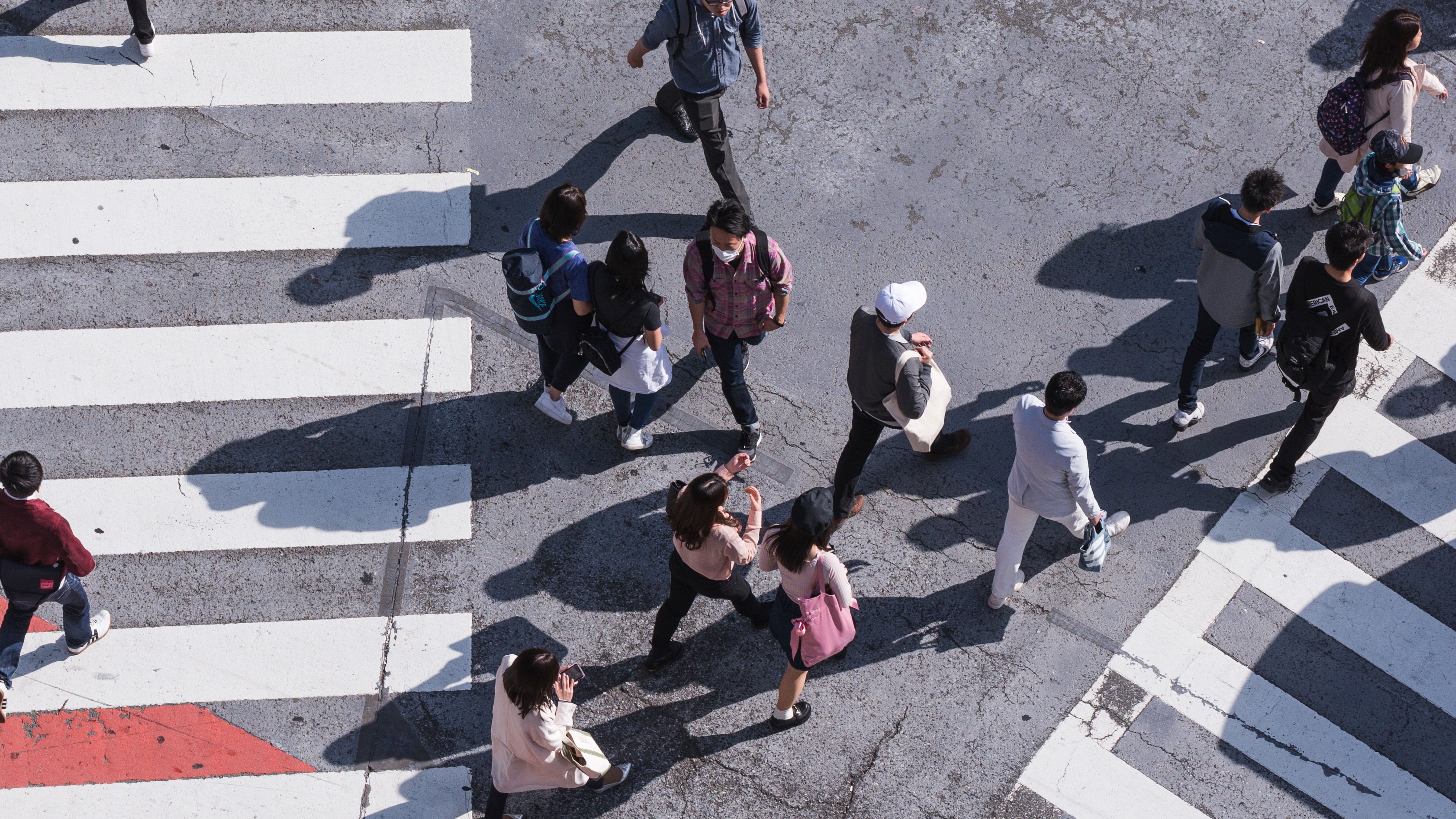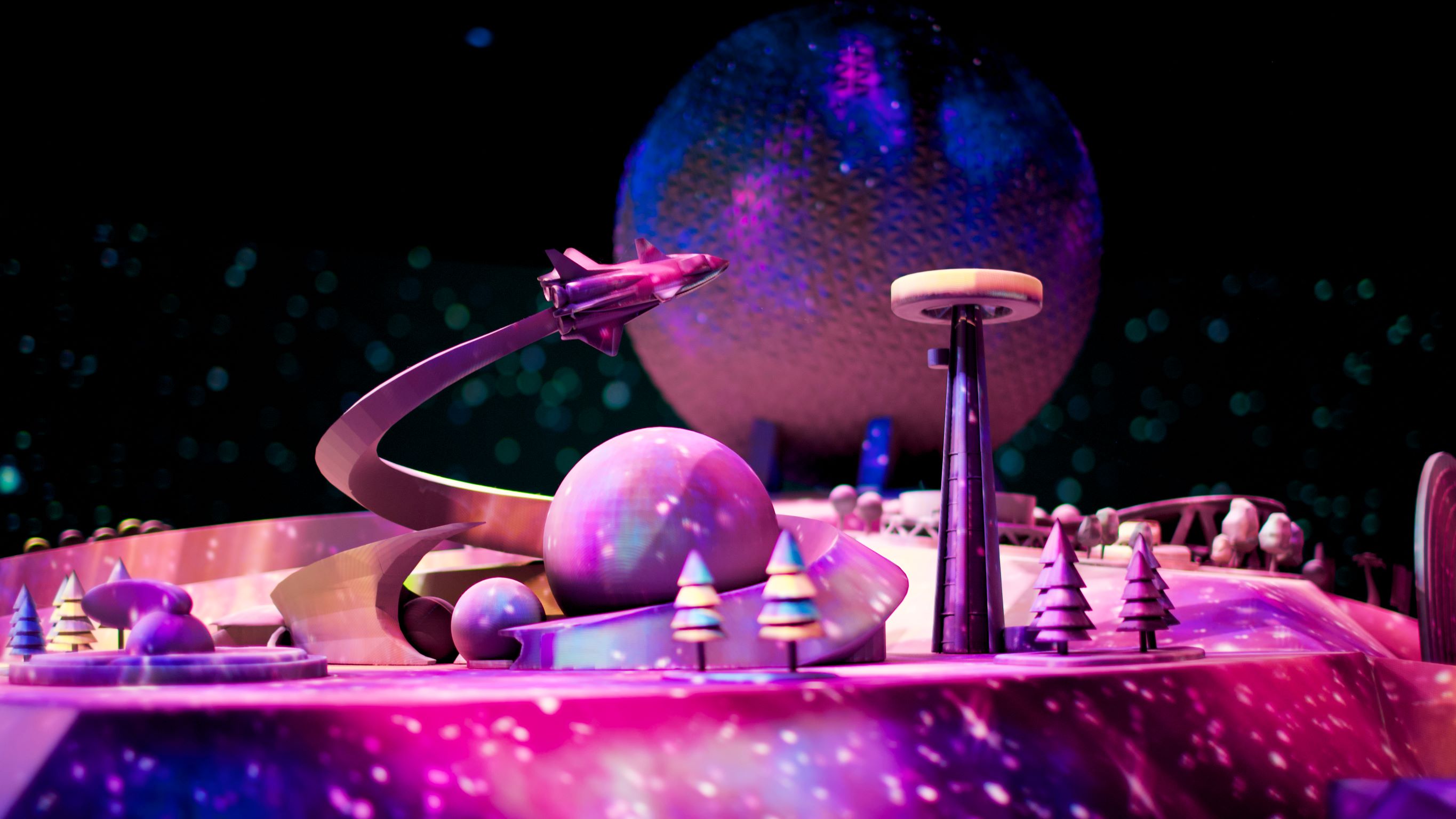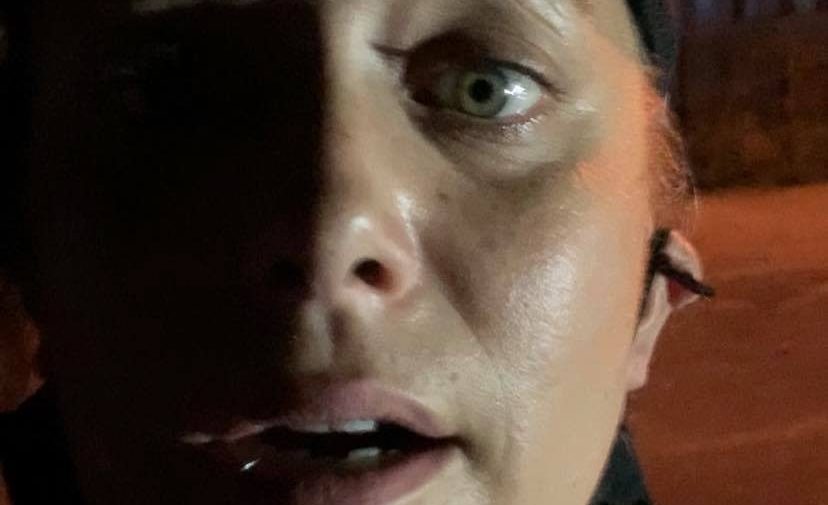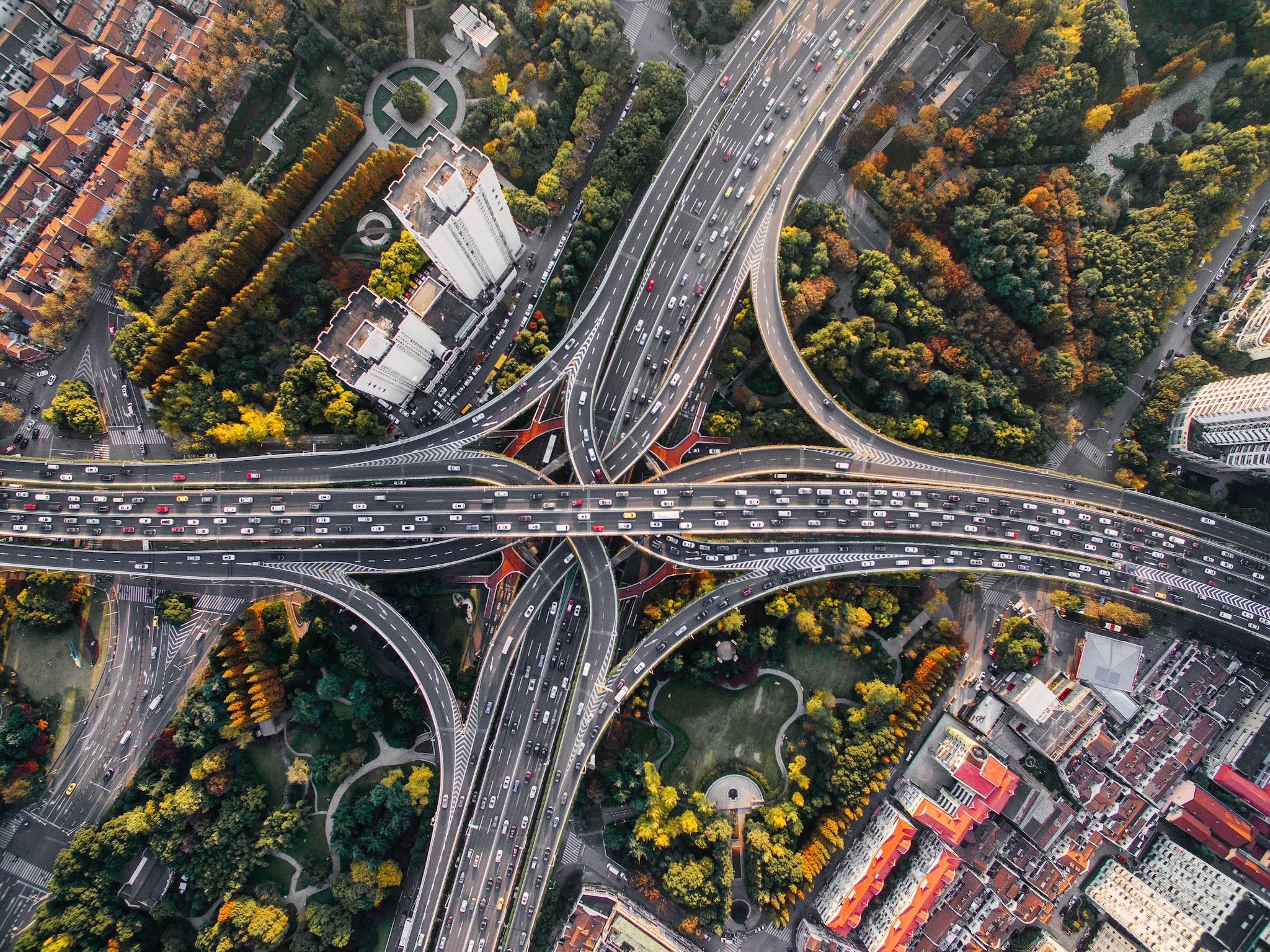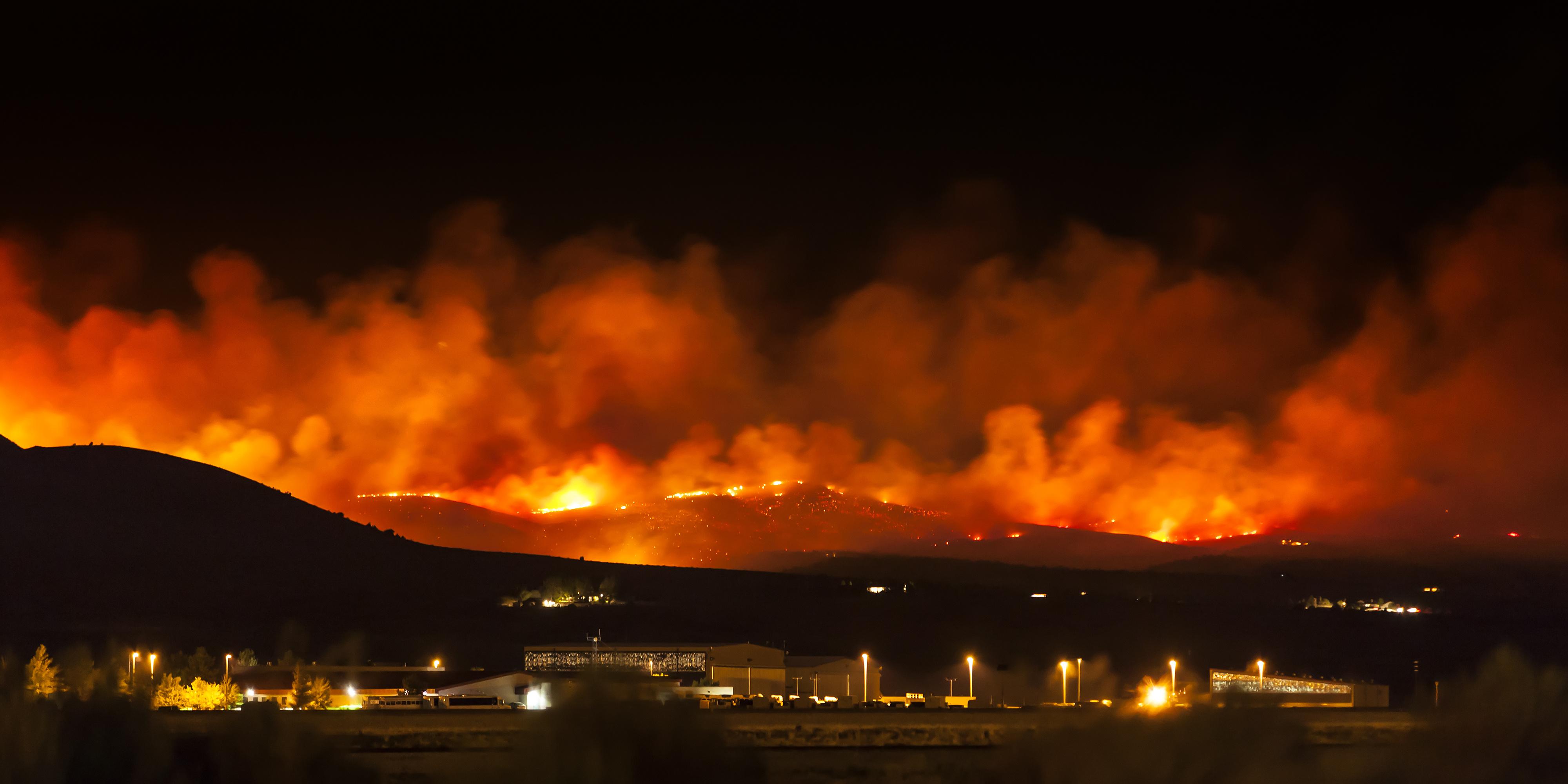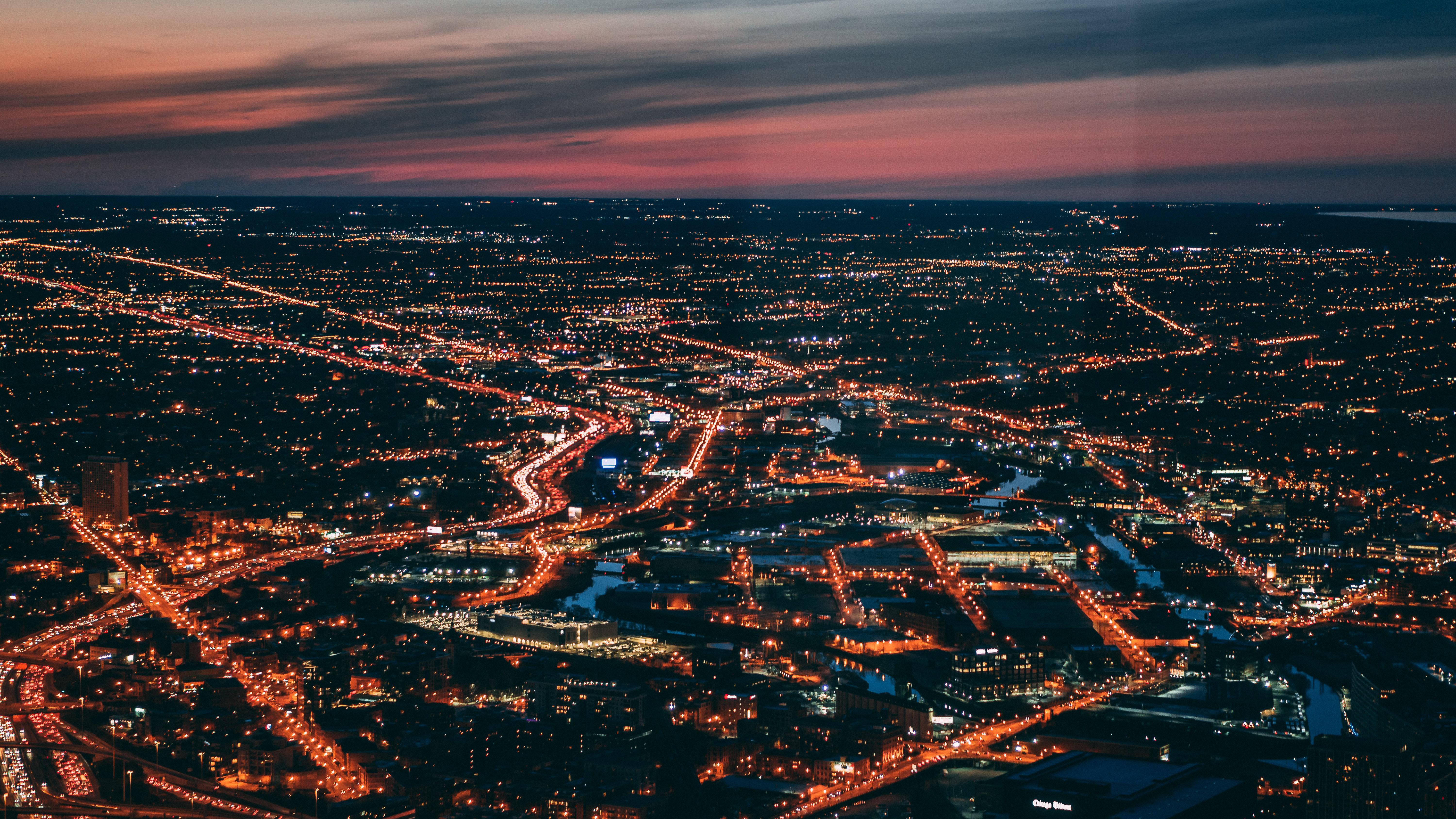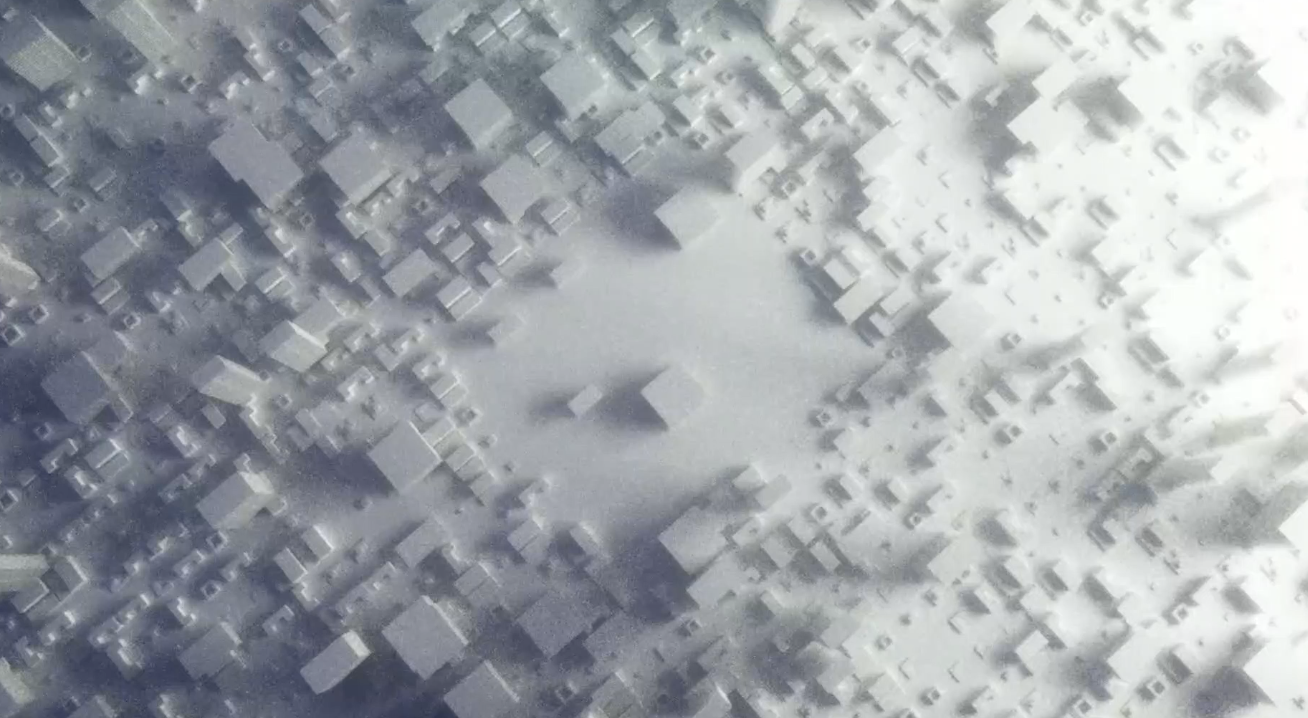cities
The last time the population shrank was during the great famine of 1959-61.
Your bites will heal, but will you ever sleep well again after an infestation of bloodsucking parasites?
At least 33 cities are sinking by more than 1 cm a year.
An effect called the “urban heat island” means that temperatures are often 10 degrees higher in cities, according to NASA.
The Hyperloop is physically possible, but engineering challenges will make its construction very difficult. Also, accidents would be catastrophic.
In 100 years, perhaps this map showing humanity clustering around the equator will seem “so 21st century.”
Singapore is a breeding ground of truly green buildings.
Morbid fatality statistics on digital highway signs seem to distract drivers, thus increasing the number of car crashes.
A large study concludes that people who grew up in rural areas are superior at navigation, likely because cities tend to be less complex.
Africa has the most universities in the 2022 rankings with over two thirds of the world’s youngest universities.
Take a look at the Times Square Totem, the Trafalgar Square Pyramid, and other landmarks that were never built.
With this unique opportunity to create a totally new world, why does the metaverse already feature such old-world concepts?
Stockholm Syndrome is the most famous of 10 psychological disorders named after world cities. Most relate to tourism or hostage-taking.
This flying car — more properly called an “electric vertical takeoff and landing (eVTOL) vehicle”
— will seat five and fly up to 135 mph.
Made from concrete, it cost 15% less per square foot to construct than a typical house.
Famished, not famous: retrace Orwell’s hunger days, when he was one of the city’s legion of poor foreigners.
France is split in two by its very own “desert,” the Empty Diagonal. The area’s depopulation is fairly recent, and Paris is to blame.
With sea levels rising, the Dutch are pondering floating cities — while also exporting their engineering know-how to turn a tidy profit.
Why does Seattle continue to be a place that nurtures the development of breakthrough technologies but not Minneapolis, Memphis, or Minsk?
Cities overstimulate our senses and are full of people we don’t know. Maybe humans were meant for this.
We seem to be wired to calculate not the shortest path but the “pointiest” one, facing us toward our destination as much as possible.
In 1966, Disney announced his intention to build Epcot, an acronym for “Experimental Prototype Community of Tomorrow.”
What started as a viral case of public shaming has morphed into a dark story involving internet sleuths, a criminal network, and the suspicious death of a 62-year-old man in St. Louis.
Australian parrots have worked out how to open trash bins, and the trick is spreading across Sydney.
A new study mapped areas of the U.S. that are most likely to suffer natural disasters.
As air pollution increases, so does violent crime.
Buildings don’t have to be permanent — modular construction can make them modifiable and relocatable.
As droughts threaten water supplies across the planet, some municipalities aim to utilize an untapped resource: sewage water.
Some wild animals thrive near humans, but only up to a point.
